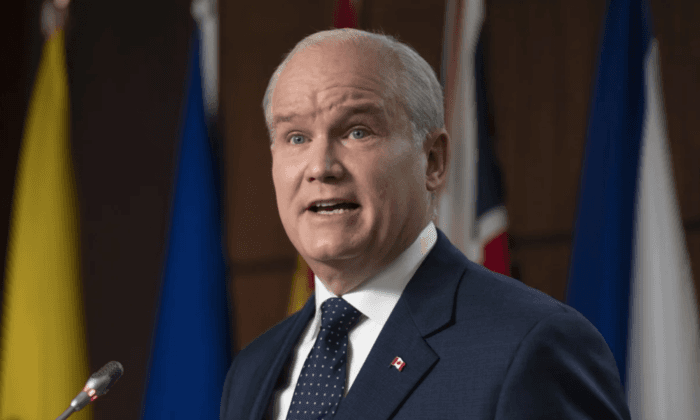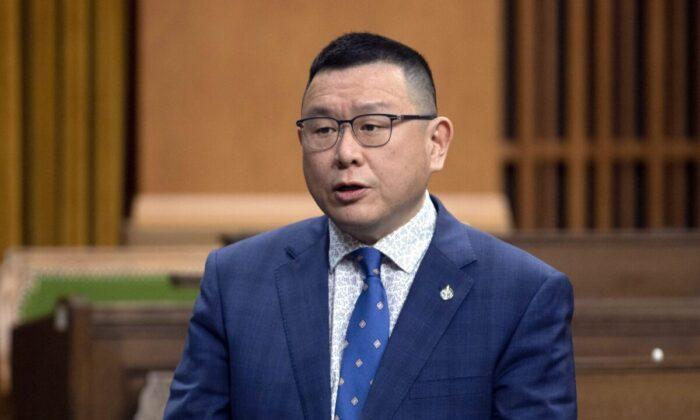Ian Lee, associate professor at Sprott School of Business at Carleton University, told the House of Commons Finance Committee that the Canadian government should target the poorest population for financial assistance in the 2021 budget.
“Large numbers of Canadians live very well indeed, the CRA income stats and the Stats Canada inequality index clearly show Canada is an extraordinarily prosperous country for most of us. However, there are some Canadians that are left behind, and this calls for targeted, surgical policies, programs, and spending to zero-in, like a laser beam, to help those who do need help.” Lee said.
“I urge parliamentarians to avoid at all costs the demand from high-end income-privileged professionals for universal social programs, people like me, professors, public servants, medical doctors, who are seeking to obtain free drugs and/or free daycare, be paid for with scarce public resources, when they need to focus on our low-income people who need help.”
“We have been told many times, daily, weekly, that inequality is exploding in Canada, yet the OECD data, recent data, shows that Canada is below the OECD average,” he said.
Lee said that based on his study of OECD data, Canada has improved over the past decade in reducing inequalities in well-being, and its economy is at the top among the 34 wealthiest OECD countries.
He told the finance committee that the claim of “skyrocketing” poverty in Canada is false. In particular, poverty among the elderly has decreased since the mid-1960s with the introduction of OAS, CPP, GIS, and other public healthcare by the Lester Pearson government.
“[Statistics Canada] notes that almost two-thirds of the 750 billion spent by all levels of government in 2018 were directed towards ’social protection, health care, and education' and spending on social protection grow at 5.4 percent, the fastest, which is well above inflation,” Lee said.
“In other words, pre-COVID, in 2018 we were collectively spending almost one-half a trillion dollars on social, health, and education, in a country with less than 2 trillion GDP at that time. That’s 25 percent of GDP.”
“We’re in a 90/10 economy,“ he added, explaining that about 90 percent of people are ”doing OK but 10 percent of us are doing terribly, so we should be focusing on that 10 percent.”
“We should be focusing on them, rather than grandiose programs where we’re going to be pouring out money for all kinds of people who don’t need the assistance or support.”





